Homemade Reusable Mold Material
Belgianpup
19 years ago
Related Stories
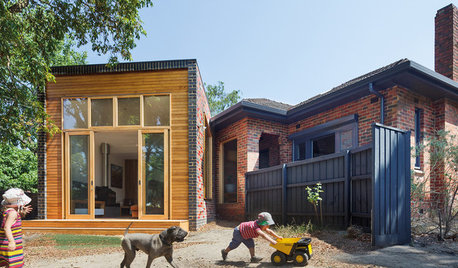
BRICK9 Ideas for Brick That Break the Mold
Bricks are as beautiful as they are useful, as these out-of-the-ordinary designs reveal
Full Story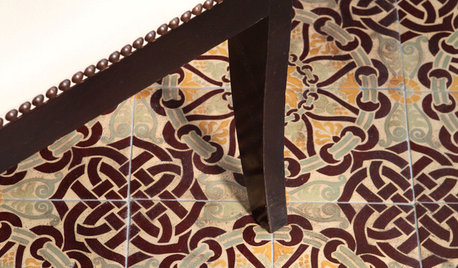
REMODELING GUIDESOld is New: Cement Tile Makes a Comeback
Get Ideas for Using Colorful Moorish-Inspired Tile at Home
Full Story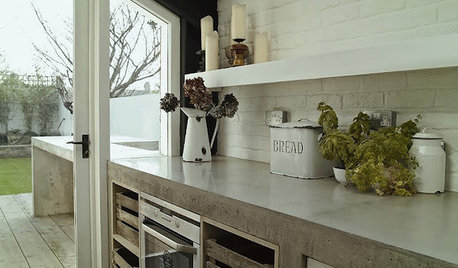
KITCHEN COUNTERTOPSKitchen Counters: Concrete, the Nearly Indestructible Option
Infinitely customizable and with an amazingly long life span, concrete countertops are an excellent option for any kitchen
Full Story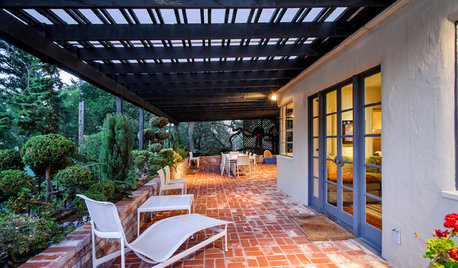
PATIOSLandscape Paving 101: How to Use Brick for Your Path or Patio
Brick paving is classy, timeless and a natural building material. Here are some pros and cons to help you decide if it’s right for your yard
Full Story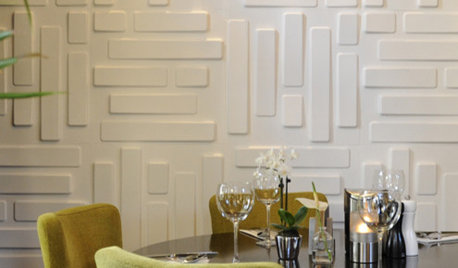
MATERIALSUnexpected Style for Your Wall
Go Beyond Paint and Paper with 3D, Plaster, Copper, Tile, Marble and More
Full Story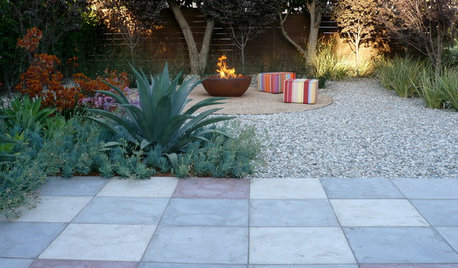
MATERIALSPrecast Concrete Pavers Make a Versatile Surface in the Garden
You can use concrete pavers in a variety of shapes and colors for your patio, walkway, driveway and more
Full Story
KITCHEN CABINETSChoosing New Cabinets? Here’s What to Know Before You Shop
Get the scoop on kitchen and bathroom cabinet materials and construction methods to understand your options
Full Story
MOST POPULARHow to Choose the Right Kitchen Sink
Learn about basin configurations, sink shapes, materials and even accessories and specialty sinks
Full Story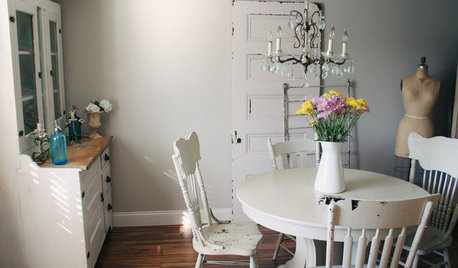
DECORATING GUIDESHow to Save a Boring Box of a Room
Whip a ho-hum format and low ceilings into high-design shape with these ideas that offer a big new vision
Full Story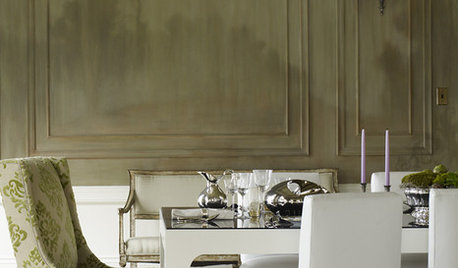
DECORATING GUIDESGive Your Walls an Architectural Dimension
Make a room special with the texture of wainscoting, panels, shiplap and more
Full StorySponsored
Franklin County's Custom Kitchen & Bath Designs for Everyday Living






gothicmuse
BelgianpupOriginal Author
Related Professionals
Coram Landscape Contractors · East Hanover Landscape Contractors · Eureka Landscape Contractors · Matteson Landscape Contractors · Quincy Landscape Contractors · Rio Linda Landscape Contractors · Saint Paul Landscape Contractors · Santa Maria Landscape Contractors · Severna Park Landscape Contractors · Wentzville Landscape Contractors · Oxon Hill Landscape Contractors · Sun Valley Landscape Contractors · Maple Heights Landscape Contractors · Framingham Siding & Exteriors · Manassas Siding & ExteriorsJulie
BelgianpupOriginal Author
paste592
BelgianpupOriginal Author
Marguerite360
paste592
BelgianpupOriginal Author
alfa_hyena
Fleur
brendak_59
lilhippiesmurf